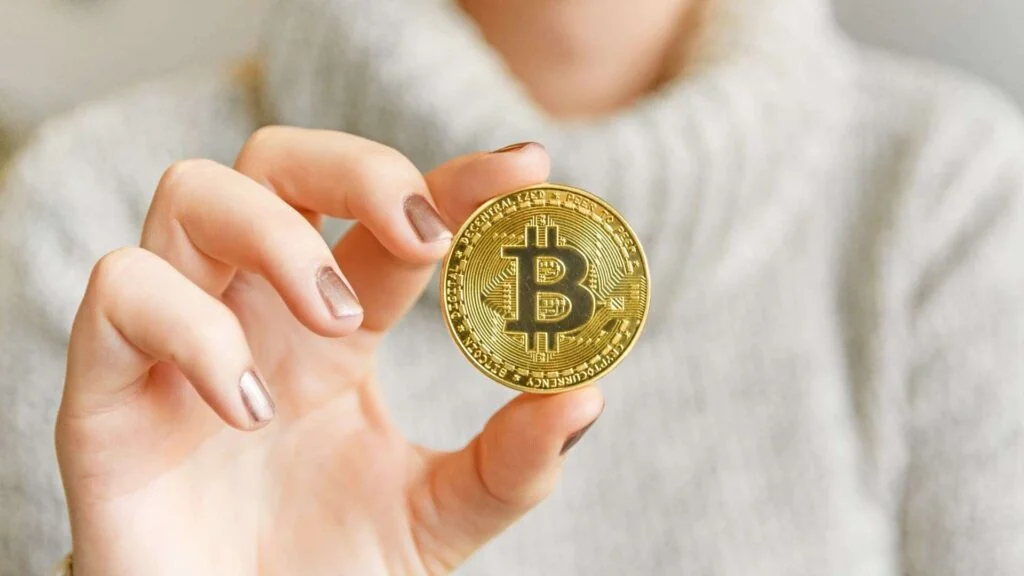The price of Bitcoin has been stuck around $20,000 for seventy days straight, with no sign of an end in sight.

Although Bitcoin (BTC) has avoided further declines since hitting $17,600 last month, sentiment is at an all-time low.
Now, a well-known mood indicator for the cryptocurrency market is illuminating the length and rigor of the ordinary investor’s suffering.
“Extreme fear” for seventy days.
Before the start of 2022, sentiment in the cryptocurrency market was already “similar to a funeral,” but the subsequent decline in the price of Bitcoin and other altcoins caused cold feet like never before.
The Crypto Fear & Greed Index, a tool that considers numerous sources to produce an overall score of how the markets are feeling, have now quantified this.
A new bearish record had been set as of July 15 when Fear & Greed lasted 70 days in its lowest category, “severe fear.”
The other brackets in the Index are “fear,” “neutral,” “greed,” and “extreme greed.” There are a total of five such brackets.
“Extreme greed” is defined as a score of less than 25/100 on its normalized scare scale, and for the past two months, that score zone has been prevalent. Prior to the Terra (LUNA) — now Terra Classic (LUNC) — fiasco, on May 5, the market last displayed greater optimism than “severe anxiety.”
Philip Swift, the founder of on-chain analytics platform LookIntoBitcoin, commented on the data and pointed out that this “severe dread” phase is even longer than that leading up to the 2018 Bitcoin bear market and the March 2020 cross-market catastrophe.
Despite its pessimistic undertones, 2022 has had its share of joyous moments. It was in March of this year when the Index last fell into the “greed” or “extreme greed” zone, which frequently indicates an overheated market.
“Sign of potential breakthrough,” according to research
In contrast, research firm Santiment thinks that the correlation between cryptocurrencies and conventional assets needs to decrease in order to support the recovery of Bitcoin and other cryptocurrencies.
BTC must keep moving independently and avoid making a hasty decision in response to monetary tightening by central banks due to inflation even though its price is already falling.
“Crypto grows at its most rapid pace when having very little correlation with equities,” it argued in a Twitter post on July 14.
“After yesterday’s CPI report, $BTC & alts have been recovering while the SP500 & Gold drop. If they stay uncorrelated, it’s a good sign of a potential breakout.”
When compared to a basket of trading partner currencies, the inverse correlation between bitcoin and the U.S. dollar, which is currently close to twenty-year highs, has been more obvious.
According to TradingView data, the U.S. dollar index (DXY), which experienced many peaks over the week, is still trading at about 108.
